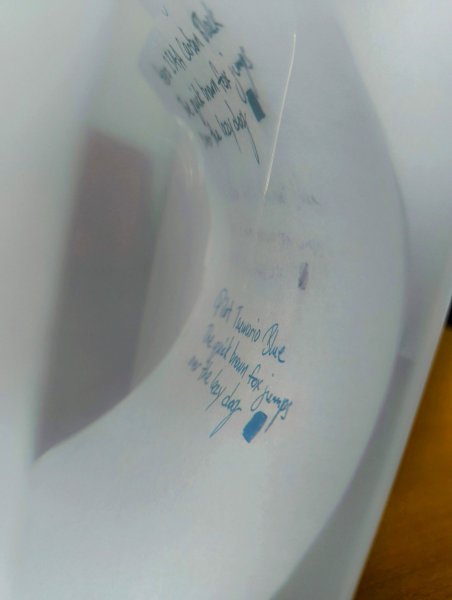Is Gray Ink Just Very Diluted Black Ink?
-
Forum Statistics
354.2k
Total Topics4.6m
Total Posts -
Member Statistics
127,115
Total Members2,585
Most OnlineNewest Member
6BoB9
Joined -
Images
-
Albums
-
USG 5
- By USG,
- 0
- 0
- 20
-
Photo for my Posts
- By AceNinja,
- 0
- 0
- 101
-
more
- By AmandaW,
- 3
- 5
- 74
-
Andrew Lensky Arts
- By Andrew_L,
- 0
- 5
- 12
-
0 - Oct-Nov 2024
- By yazeh,
- 0
- 0
- 48
-









.thumb.jpg.f07fa8de82f3c2bce9737ae64fbca314.jpg)



.thumb.jpg.331e554113c33fb39d5bf3233878978a.jpg)





Recommended Posts
Create an account or sign in to comment
You need to be a member in order to leave a comment
Create an account
Sign up for a new account in our community. It's easy!
Register a new accountSign in
Already have an account? Sign in here.
Sign In Now